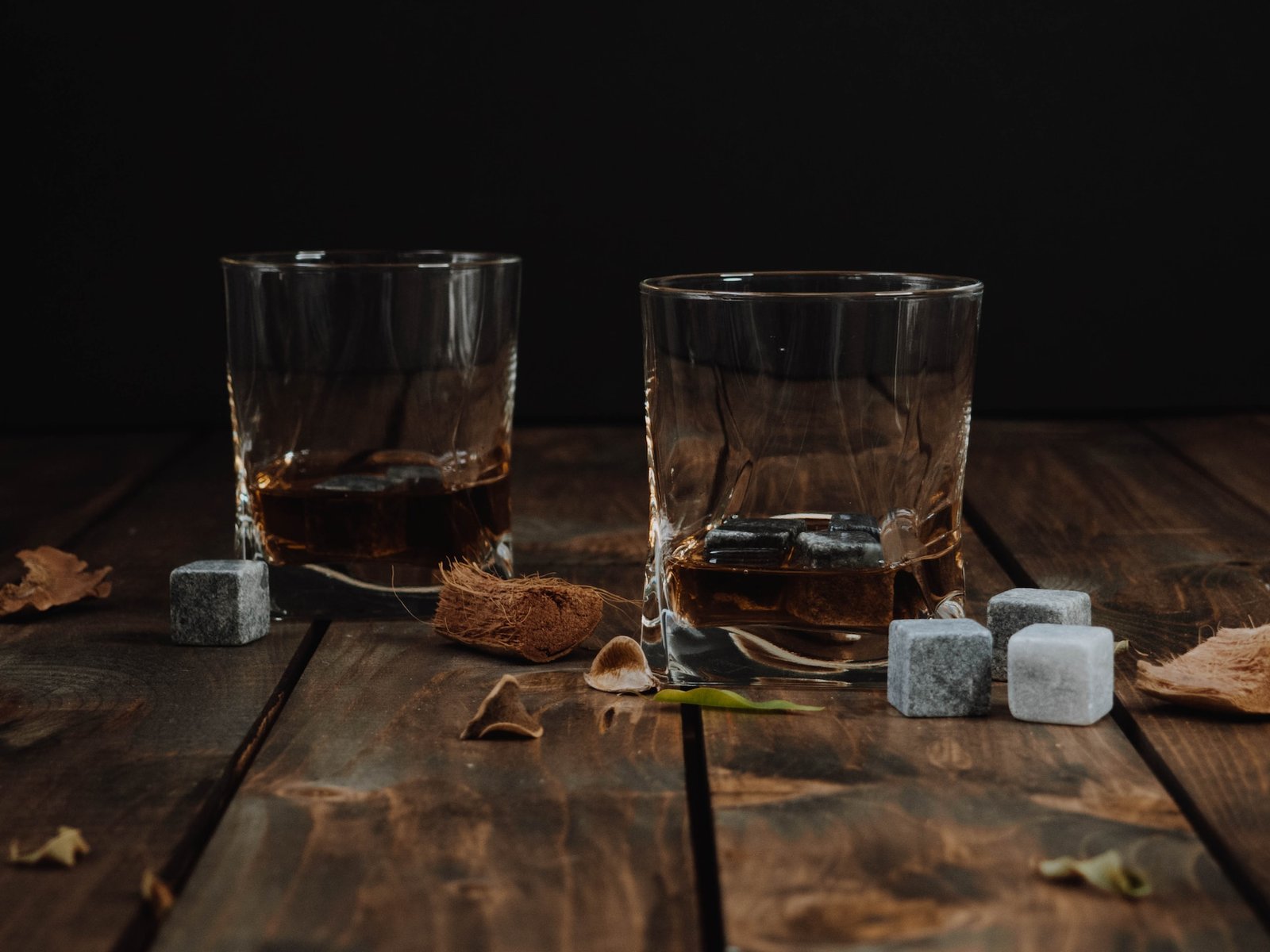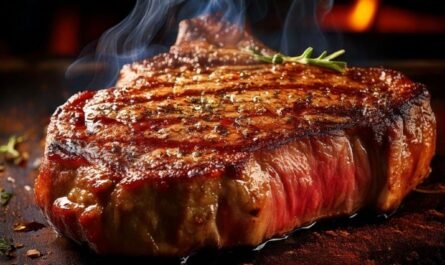Come on a journey through time with us and discover the fascinating world of moonshine distilleries! These hidden gems have been shrouded in mystery for years, but we’ll take you behind the scenes to learn about their transformation from illegal operations during Prohibition to modern-day craftsmanship. Let’s peel back the layers of history and uncover the secrets of the moonshine industry together.
What We Will Cover
The History of Moonshine During the Prohibition Era
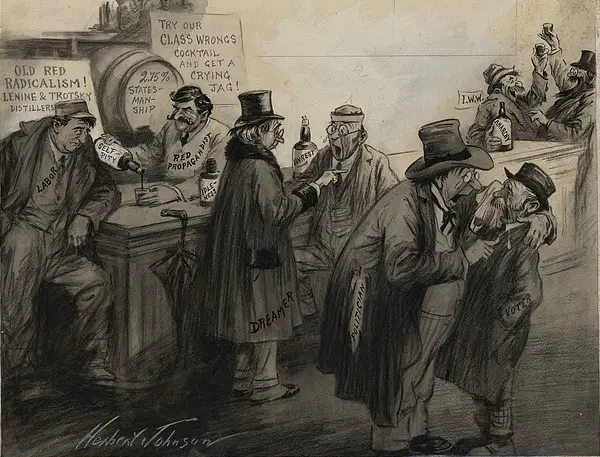
The Prohibition era, spanning from 1920 to 1933, was a time when the production, sale, and transportation of alcoholic beverages were illegal in the U.S. Moonshiners, operating in secret, became the unsung heroes for many, producing and distributing spirits in hidden stills and secret locations. These bootleggers risked everything, from imprisonment to violent confrontations with law enforcement, all in the name of quenching the nation’s thirst.
Moonshine Distilling Process and Equipment
Traditional moonshine distillation involves fermenting a sugar source, such as corn or sugar cane, in large containers. Once fermented, the liquid is heated in a still, often made of copper, where it’s condensed and collected. The art lies in knowing when to make the cuts, separating the “heads” and “tails” to capture the pure “heart” of the spirit.
The Art of Making Moonshine: A Step-by-Step Overview
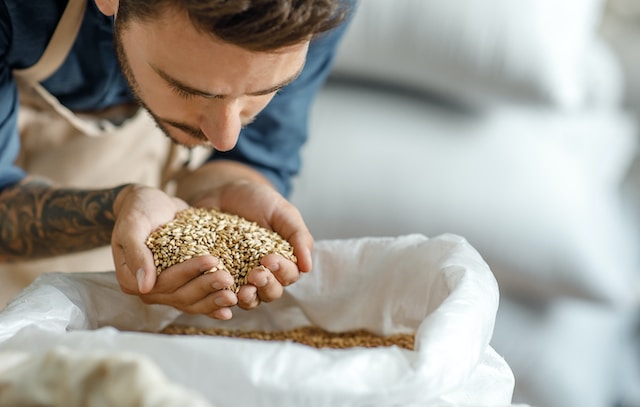
Moonshine, often referred to as “white lightning” or “mountain dew,” is a distilled spirit with deep roots in American history. Its production, while seemingly straightforward, is an intricate dance of chemistry, tradition, and artistry. Here’s a brief overview of the steps involved in making this iconic spirit:
Mashing: The process begins with mashing, where grains or fruits are ground down to release their sugars. Common ingredients include corn, barley, rye, or fruit. This mixture, known as the “mash bill,” is then combined with water.
Fermentation: Once mashed, yeast is added to the mixture. The yeast consumes the sugars, producing alcohol and carbon dioxide. This process can take several days to a week, and the result is a liquid called “wash” or “mash” with a low alcohol content.
Distillation: The wash is then heated in a still, typically made of copper. As it heats, alcohol evaporates at a lower temperature than water. This alcohol-rich vapor is collected and condensed back into a liquid. The goal is to separate the “heart” (the desired alcohol) from the “heads” (harmful alcohols) and “tails” (less flavorful components).
Cutting: The distilled spirit, now at a very high proof, is often too strong for direct consumption. It’s “cut” with water to reach the desired alcohol content. This process also helps in smoothing out the flavor.
Aging (Optional): While traditional moonshine is clear and unaged, some modern distillers choose to age their moonshine in charred oak barrels to impart additional flavors and a golden hue. This process can transform the spirit, adding notes of vanilla, caramel, and wood.
Bottling: Once the moonshine has reached its desired flavor profile and strength, it’s filtered and bottled. Some distillers might also add flavorings or infusions at this stage, creating variations like apple pie or peach moonshine.
In essence, making moonshine is a delicate balance of science and art. Each step, from mashing to bottling, requires precision, patience, and a deep understanding of the spirit’s unique characteristics.
Moonshine Recipes and Flavors
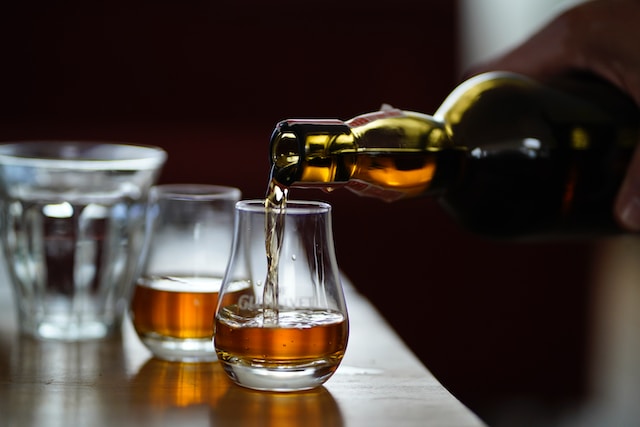
Moonshine’s flavor profile varies based on ingredients and distillation methods. From the classic corn mash to fruit-infused spirits like apple pie and peach, moonshine offers a diverse range of flavors. Modern distilleries, like Ole Smoky Moonshine, even incorporate real pickles, cherries, and pineapples to create unique blends.
What Other Liqures and Spirits Can Be Made From Moonshine?
Moonshine, with its clear and neutral base, serves as a versatile foundation for a variety of liquors and spirits. When moonshine is used as the starting point, it can be transformed into several other beverages through additional distillation, aging, flavoring, or infusing processes. Here are some of the liquors and spirits that can be derived from moonshine:
Whiskey: Moonshine can be aged in charred oak barrels to produce whiskey. The aging process imparts color, flavor, and character to the spirit. The type of grain used in the initial mash bill (e.g., corn, rye, barley) will determine the specific type of whiskey, such as bourbon or rye whiskey.
Rum: If the initial mash is made from sugarcane juice or molasses, the resulting moonshine can be aged to produce rum. The aging process, often in oak barrels, gives rum its distinct caramel and vanilla notes.
Brandy: Moonshine made from fermented fruit juice can be distilled and aged to produce brandy. The type of fruit used (e.g., grapes, apples, pears) will influence the flavor profile of the brandy.
Vodka: While traditional vodka is made from fermented grains or potatoes, moonshine can be further distilled and filtered to produce a vodka-like spirit. The goal is to achieve a high level of purity and neutrality in flavor.
Gin: Moonshine can be redistilled with botanicals such as juniper berries, coriander, citrus peel, and other herbs and spices to produce gin. The botanicals impart a unique aromatic and flavor profile to the spirit.
Liqueurs: Moonshine can be infused with fruits, herbs, spices, and sweeteners to create a wide range of liqueurs. Examples include limoncello (lemon-infused), amaretto (almond-flavored), and various fruit liqueurs like cherry or blackberry.
Absinthe: While traditionally made from wormwood, anise, and fennel, moonshine can serve as the base spirit for producing absinthe. The spirit is then redistilled with botanicals and often colored with natural herbs.
Infused Spirits: Moonshine can be infused with a variety of ingredients, from hot peppers to fruits, to create uniquely flavored spirits. These infusions can be enjoyed on their own or used as a base for cocktails.
In essence, moonshine’s neutral character makes it a blank canvas, allowing distillers to experiment and craft a wide range of spirits and liqueurs. Each transformation reflects the creativity and expertise of the distiller, resulting in diverse and flavorful beverages.
Famous Moonshine Distilleries and Their Stories
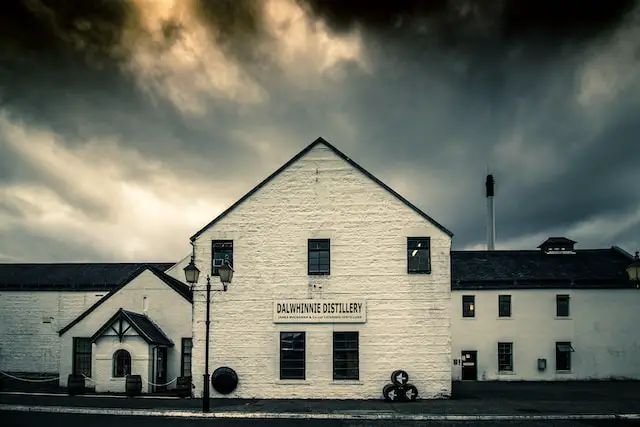
Historic distilleries like Grandaddy Mimm’s and Hatfield Family Distillery have tales of bootlegging ancestors, secret recipes, and family traditions passed down through generations. These establishments are not just businesses but are a testament to resilience, innovation, and the American spirit.
Moonshine Tourism and Distillery Tours
With the rise of craft distilling, moonshine tourism has become a popular attraction. Distilleries like Palmetto Distillery offer guided tours, showcasing the distilling process, history, and even tasting sessions for enthusiasts. Closer to home, the Shipwreck Distillery in Caseville, Michigan offers tours and tastings in their tiny shop.
Moonshine in Modern Craft Distilling
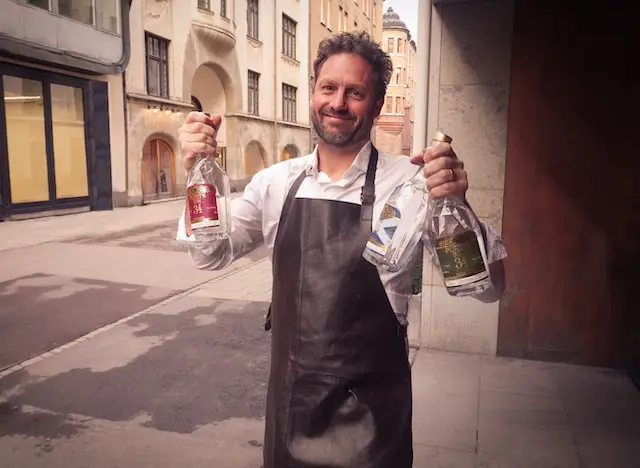
Today, moonshine has evolved from its rebellious roots to a respected craft spirit. Modern distilleries combine age-old techniques with innovative flavors, producing high-quality moonshine that’s enjoyed by many. Distilleries like Casey Jones Distillery exemplify this blend of tradition and modernity.
Moonshine Cocktails and Mixology
Moonshine’s versatility makes it a favorite among mixologists. From classic cocktails like the Moonshine Mule to inventive concoctions with fresh herbs and fruits, the possibilities are endless. Experimenting with different moonshine flavors can lead to delightful and unexpected drink combinations.
Moonshine Legality and Regulations
While moonshine’s production was once illegal, today’s distilleries operate under strict regulations. It’s essential to purchase moonshine from licensed establishments and be aware of local laws when transporting and consuming.
Embracing the Traditions of Moonshine Distilleries
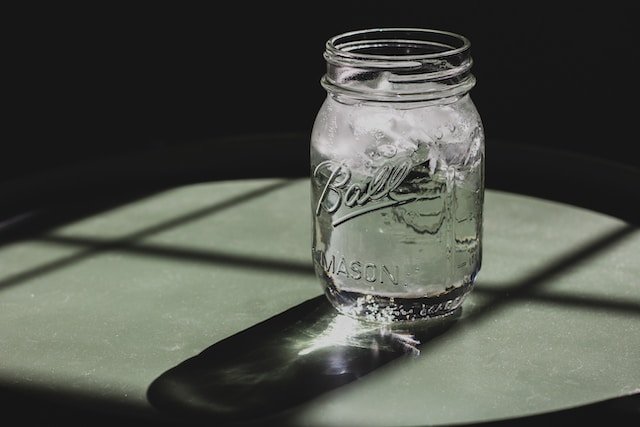
The world of moonshine is a blend of history, art, and rebellion. From its tumultuous past to its promising future, moonshine symbolizes American resilience and innovation. As we raise our mason jars in toast, we celebrate the spirit of moonshine and the distillers who keep its flame alive. Cheers to tradition, craftsmanship, and the enduring allure of moonshine!

